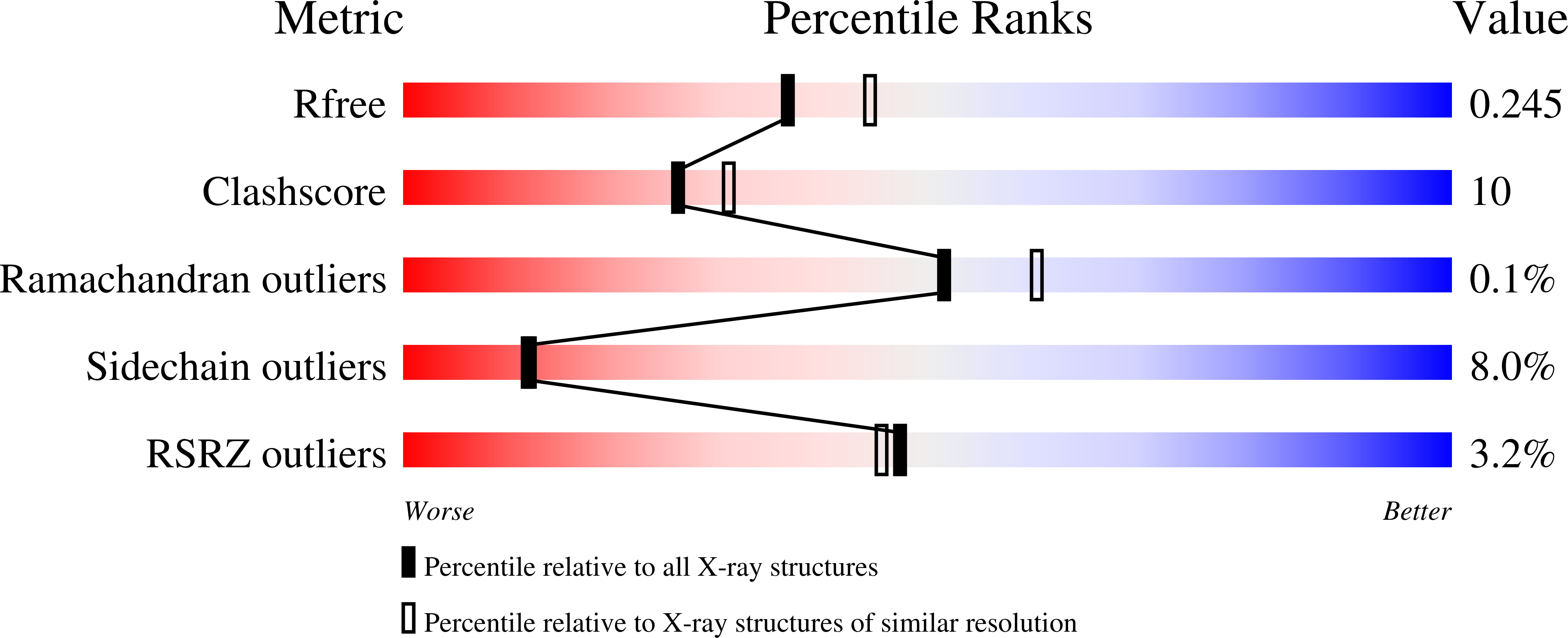Lipidic sponge phase crystallization of membrane proteins
Wadsten, P., Woehri, A.B., Snijder, A., Katona, G., Gardiner, A.T., Cogdell, R.J., Neutze, R., Engstroem, S.(2006) J Mol Biol 364: 44-53
- PubMed: 17005199
- DOI: https://doi.org/10.1016/j.jmb.2006.06.043
- Primary Citation of Related Structures:
2GNU - PubMed Abstract:
Bicontinuous lipidic cubic phases can be used as a host for growing crystals of membrane proteins. Since the cubic phase is stiff, handling is difficult and time-consuming. Moreover, the conventional cubic phase may interfere with the hydrophilic domains of membrane proteins due to the limited size of the aqueous pores. Here, we introduce a new crystallization method that makes use of a liquid analogue of the cubic phase, the sponge phase. This phase facilitates a considerable increase in the allowed size of aqueous domains of membrane proteins, and is easily generalised to a conventional vapour diffusion crystallisation experiment, including the use of nanoliter drop crystallization robots. The appearance of the sponge phase was confirmed by visual inspection, small-angle X-ray scattering and NMR spectroscopy. Crystals of the reaction centre from Rhodobacter sphaeroides were obtained by a conventional hanging-drop experiment, were harvested directly without the addition of lipase or cryoprotectant, and the structure was refined to 2.2 Angstroms resolution. In contrast to our earlier lipidic cubic phase reaction centre structure, the mobile ubiquinone could be built and refined. The practical advantages of the sponge phase make it a potent tool for crystallization of membrane proteins.
Organizational Affiliation:
Department of Chemical and Biological Engineering, Pharmaceutical Technology, Chalmers University of Technology, Göteborg, Sweden.























